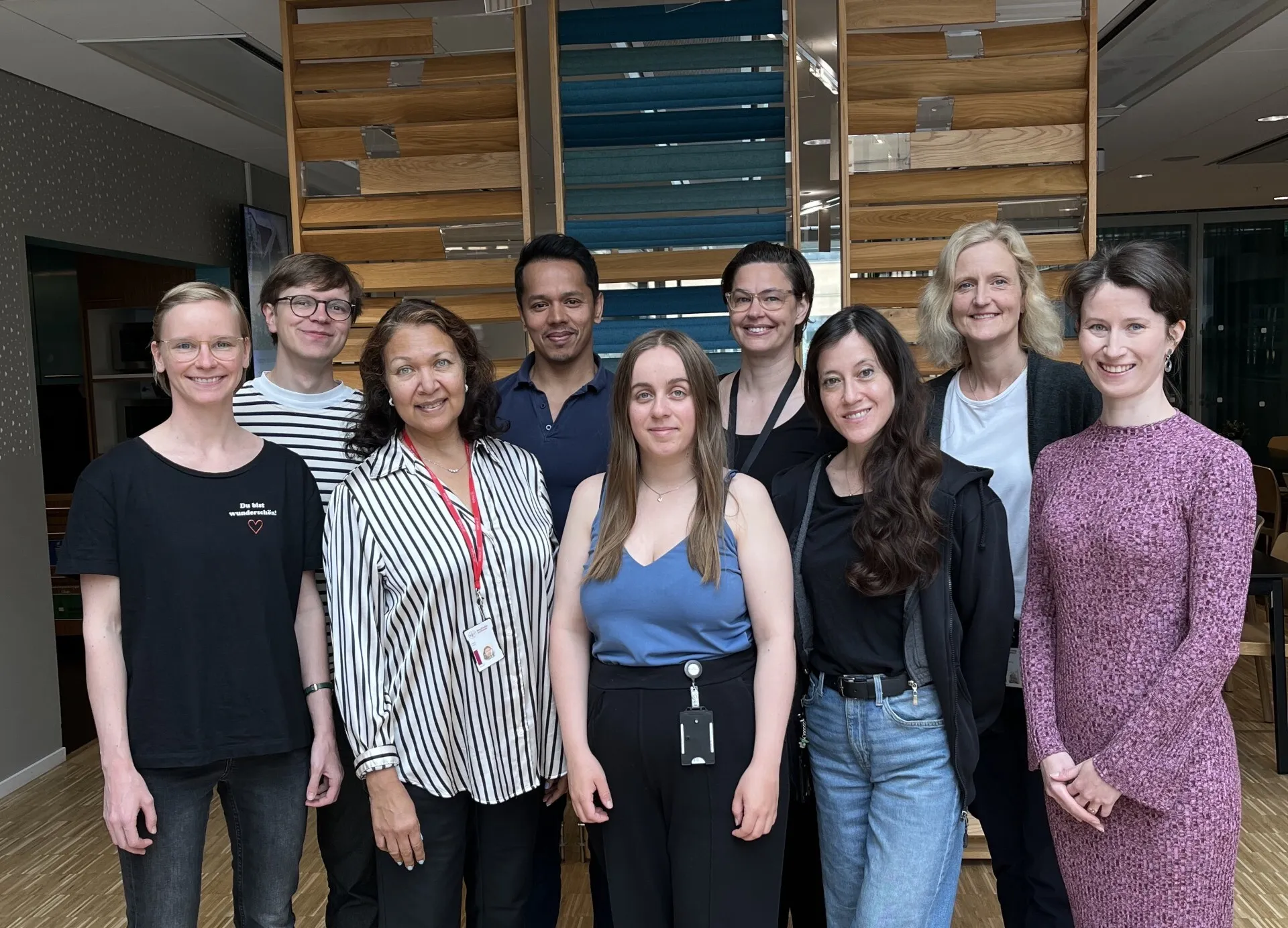Vår forskning
I vår forskning strävar vi efter att förstå hur olika faktorer i vår omgivning så som virusinfektioner och den mikrobiologiska floran påverkar risken för typ-1 diabetes. Vi arbetar även med att ta fram nya sätt med vilka sjukdomen kan förhindras.
Typ-1 diabetes eller som sjukdomen tidigare kallades, barndiabetes, uppstår då kroppens insulinproducerande celler förstörs. Detta leder till höga blodsockernivåer och kräver daglig insulinbehandling för resten av livet. Sjukdomen är den näst vanligaste kroniska sjukdomen hos barn. I Sverige är en av 200 personer drabbade.
Typ-1 diabetes är förknippat med allvarliga komplikationer. Exakt varför och hur de insulinproducerande cellerna skadas vet man inte, därför finns ingen behandling som motverkar att skadorna uppstår.
Mer information om forskningen i Malin Flodström-Tullbergs grupp finns på den engelska sidan.

